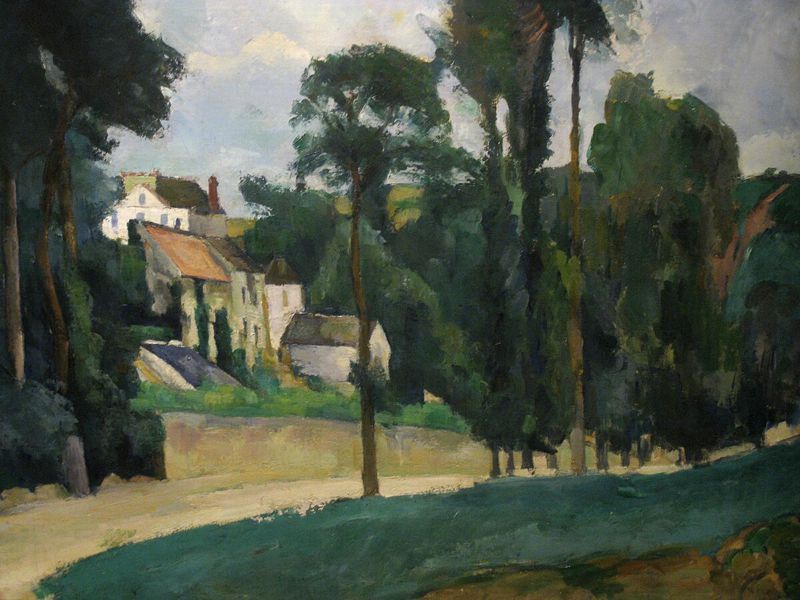Sensory Experience of Perception
These individuals influenced my artistic and intellectual growth.
Walter Benjamin - Benjamin’s writing introduced me to Central European criticism and, provided a glimpse of between the wars intellectual life, subjects not readily accessible to undergraduate students in 1960’s America.
Richard Diebenkorn and his circle were an unavoidable influence on Bay Area art in the 1950’s and 1960’s. Diebenkorn’s work informs and inspires my work.
Clarence Glacken - Geography professor at Berkeley, has his own section below.
Muriel Goodwin - friend, painter.
Ms Goodwin provided encouragement and insightful criticism of my paintings. When she was in my studio it like felt a master class.
She was active in the early 1950’s Bay Area art scene – she recounted many of her experiences, including being at the legendary reading of Howl, to which she had taken her mother.
She knew the painter David Simpson (who was also present at the reading of Howl), and the painter Erle Loran, both of whom were my instructors at Berkeley.
She was a frequent visitor to the studio of the sculptor Peter Volkous, who taught at Berkeley when I was there.
Alfred Leslie - painter, instructor.
I encountered Alfred Leslie when I took his life drawing class at UCLA in the summer of 1964. I bought a big roll of butcher paper on which I made large drawings of the models. He taught us to draw the human form – and he screened his films Pull My Daisy and Last Clean Shirt.
This was two years before the studio fire that destroyed the greater portion of his large Grisaille paintings that were being prepared for an exhibition at the Whitney.
I followed Leslie’s work, and I kept in touch with him through occasional notes and emails.
He worked on several themes, at a grand scale, and in a variety of mediums.
He offered a personal connection to the Beat Generation, and to the immediate post-war New York art community.


 Pissarro's version
Pissarro's version